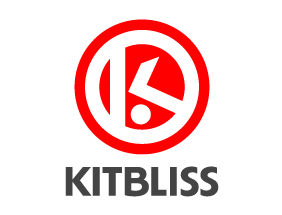Tunes, it seems, are not the only things that help you breathe more easily. For a short spell in the mid- to late-1990's, another ingenious device - some say a fad - proved just as adept at opening your nasal passages as the sweet lozenge of yore. Or was it?
Robbie Fowler was a Liverpool striker with an incredible talent for scoring goals, but one thing was letting him down - his ability to breathe in more air through his nose than he'd have liked. Despite the fact that his nostrils seemed perfectly capable of doing their job properly, he searched for a way to increase his 'intake yield.' *
What he found was the Breathe Right nasal strip, a "spring-like band" that sticks to the top of your nose and gently opens the nasal passages. For an all-too-brief spell back in the mid-90's, every athlete on earth seemed to be wearing one, all seemingly encouraged by their ability to take in more air during physical activity.
And so it was that Brer Fowler felt obliged to join the ranks of the world sporting elite who were decorating their noses with these funny-looking plasters. It was said that these nasal accoutrements improved air flow by 31% and even helped reduce snoring for those that were so afflicted. Sadly their introduction came too late to be tested on fans of Graham Taylor's England team, but their popularity was beyond question only a few years later and for many years hence.
As it is, there was much doubt poured on this revolution in assisted breathing, some claiming the whole thing to be complete hooey. Dr. Beat Villiger, a Swiss sports specialist invited by FIFA to test the viability of nasal strips, claimed that when the human body was really exerting itself, breathing usually switched from the nose to the mouth anyway, in order to pull in more air.
So in other words, the benefit of wearing one only became apparent if you were doing anything less than a full sprint. Or to put it another way, wearing a nasal strip was a way of telling people that you were so unfit, you needed a bit of help from a plaster to get you through 90 minutes of occasional exercise. Hardly surprising, then, that we don't see them worn much today.
That said, perhaps they just haven't been marketed right, or indeed aimed at the right people? For a device that gently opens up small apertures to improve performance, surely they could be worn on the anus to help TV commentators get more of their words out, or across the eye sockets to give World Cup hosting administrators a wider view of what's going on. Just a thought...
* Made up terminology.
-- Chris Oakley











Interesting haha. I often wondered about that, sleepless nights etc
ReplyDelete